Introduction
In Vol.1, we covered the autoclave molding method, hopefully providing you with deeper insight into the processes involved in manufacturing CFRP.
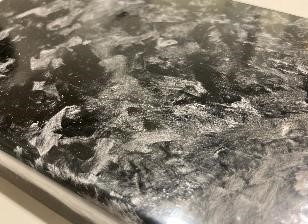
Overview
In this second part of series (Vol.2), we will delve into the material and labor costs.
Material Costs
Molding Material Costs
First, let’s take a look at gypsum (plaster). In Japan, prototype molds for CFRP are typically constructed with gypsum board. This material is similar to plasterboard used in housing and construction. Although gypsum board dimensions vary by manufacturer and lineup, most are approximately 1000 mm (W) × 1500 mm (L) × 50 mm (H). The board material is glued and thickened to match the size of the product and split structure of the mold, and then machined using our machining center. The cost is approximately ,000–60,000 JPY (300–445 USD*) per board based on fixed dimensions.
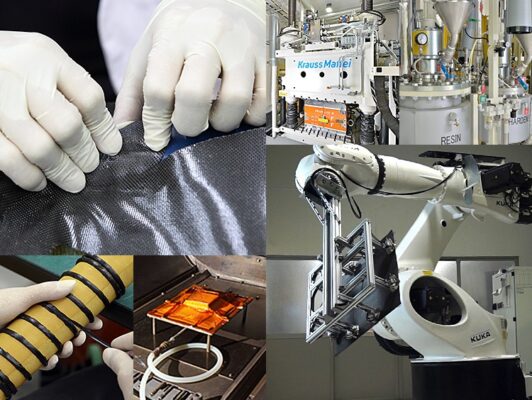
Product Materials
Now, let’s delve in to the prepregs. As mentioned previously, prepregs are broadly divided into two materials: carbon fibers and resins. Carbon fibers have a wide lineup with varying options in elasticity modulus (low, medium, high, and ultra-high) as well as diverse specific strengths ranging up to ultra-strong. In terms of form, the carbon fibers are either unidirectional (UD), whereby carbon fibers are aligned in one direction, or a woven fabric type design. At Uchida, we employ a combination of these forms accordant with the structure, design, and form of the product.
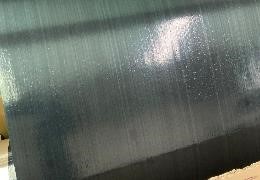
For resins, while epoxy resin is the common choice for prototype structural parts, other products with specific property or strength requirements may call for bismaleimide, cyanate, or polyamide resins, or prepregs with a thermosetting resin matrix. Although cost and production lot vary greatly depending on the use environment and specific properties, epoxy resin prepregs generally cost between 4,000–8,000 JPY/m2 (30–60 USD/m2*). Materials for aerospace applications can cost up to 100,000 JPY (740 USD*) per square meter. Prepregs are thin sheet materials with a thickness of about 0.08–0.7mm per layer which are laminated, using multiple layers, based on the design of product.

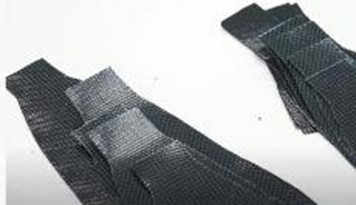
Labor Costs
Technicians (personnel)
Finally, we’d like to discuss the labor costs and processes. In Vol.1, we focused on CFRP fabrication using the autoclave molding method. However, many of the processes are performed by the hands of technicians and workers.
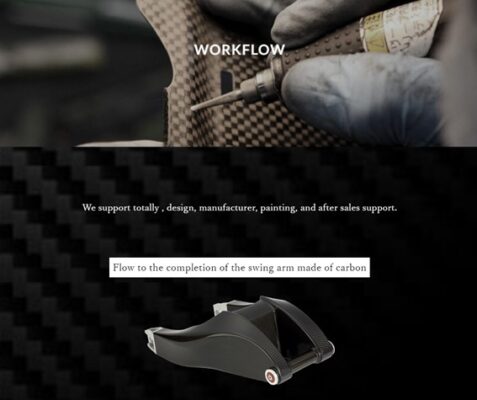
UCHIDA WORK FLOW
At Uchida, we handle many requests for complex or large structural forms and products, one-of-a-kind items, and prototype development. Prototypes demand short lead times and rarely have the capital or time for mechanization. Versatility and accommodation depend on the skill of our technicians, an area where we excel. Moreover, machining techniques for CFRP are still in their infancy and thus limited to large simple forms such as aircraft-related products and roducts that have an established stable production line and quality assurance.
Summary
In Vol 2, we delved into the material and labor costs of CFRP and carbon prototyping. Hopefully, it provided you with you a clearer idea of the material costs as well as the vast amount of hands-on work that goes into manufacturing CFRP. Next up in Vol. 3, we will look at facility costs and lead times.
*Prices converted at a rate of 135 JPY to the USD, as of May 2023. Please note that prices are for reference use only and may vary.
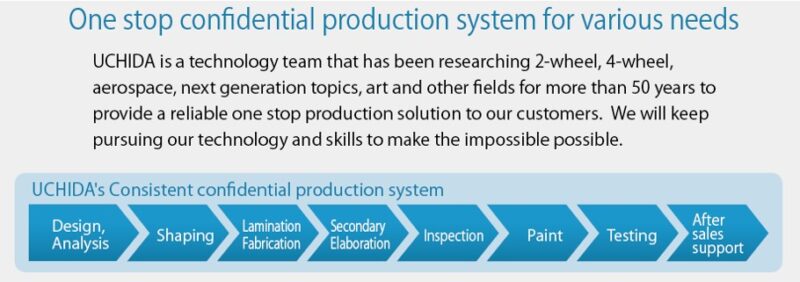
Related useful contents
You can explore related content by clicking on a topic of interest.
ABOUT UCHIDA - 55 years since our founding
We leverage a wealth of technical expertise as a CFRP molding and processing manufacturer using FRP, GFRP, and CFRP materials. We offer a one-stop solution, encompassing design, analysis, manufacturing, secondary processing, assembly, painting, quality assurance, and testing.
UCHIDA's equipment
We have cutting-edge equipment to ensure that we can address even the most advanced challenges of our customers.
Video Library
In the following video, we provide a detailed overview of our manufacturing process. Please feel free to watch and learn more.

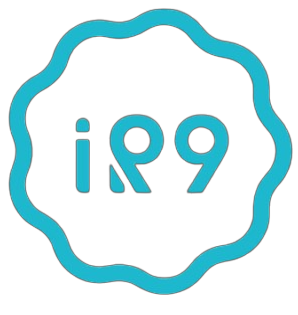
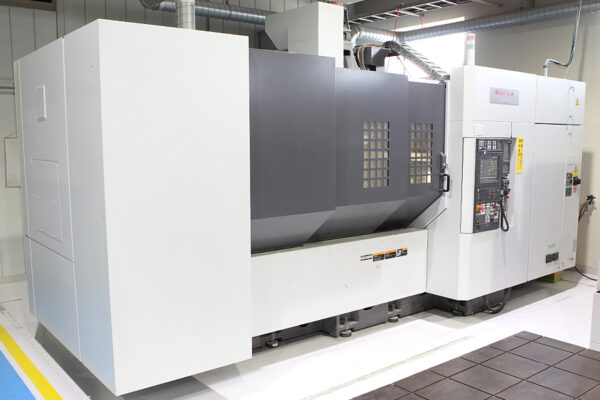
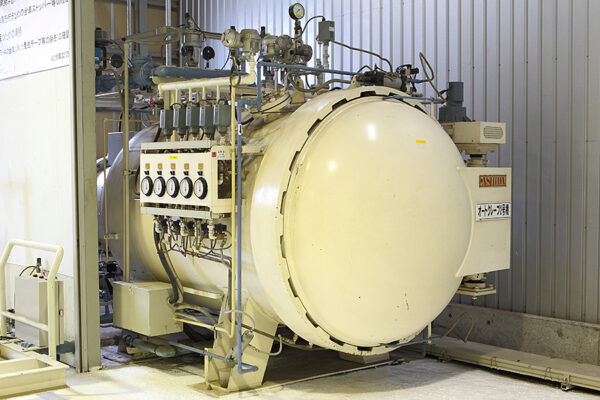
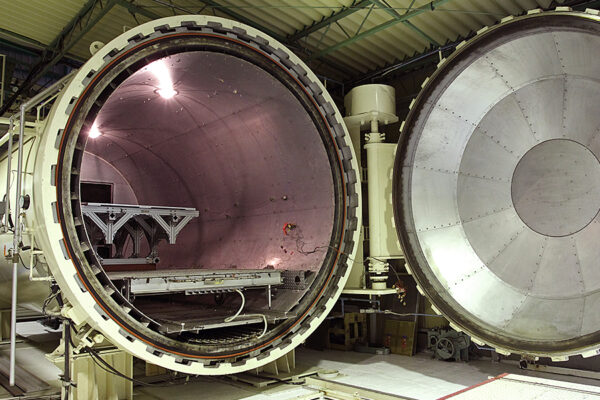
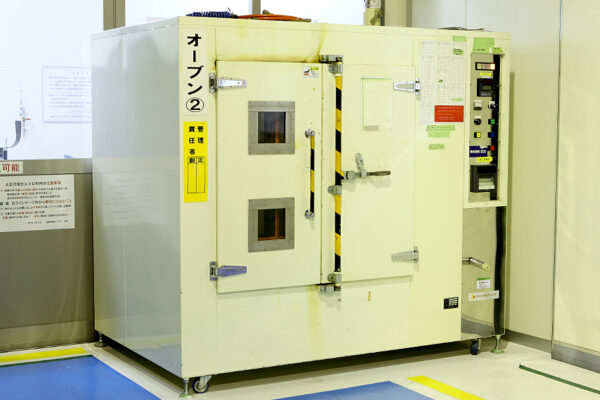
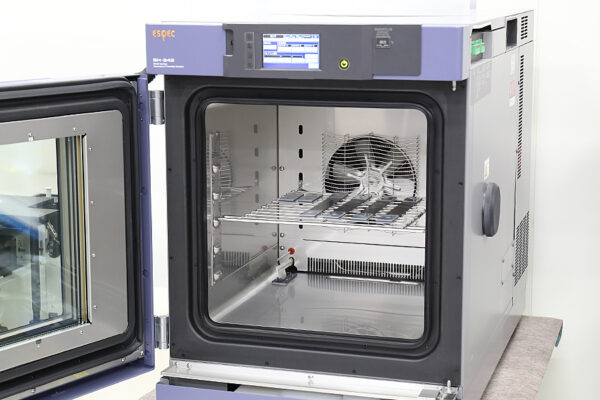
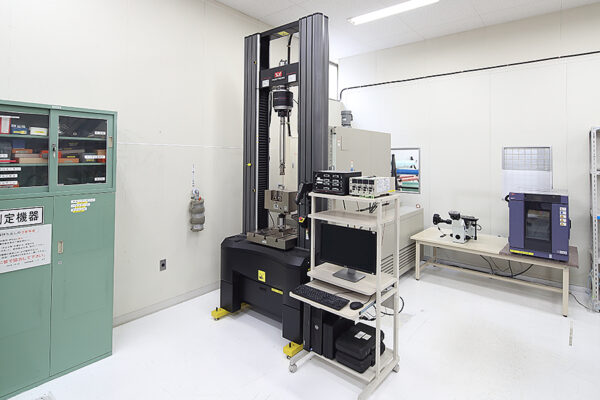
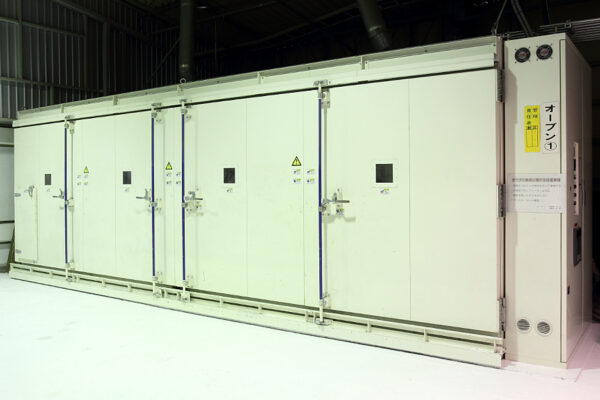
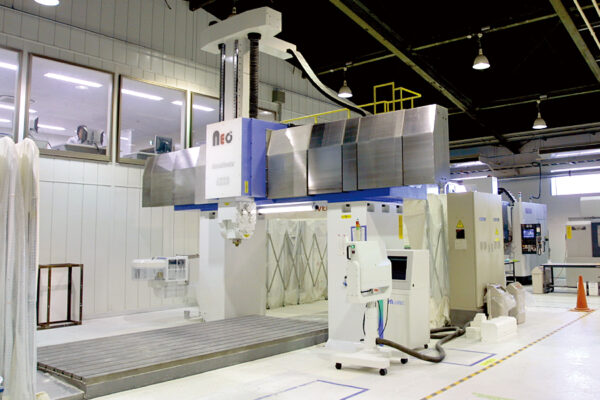
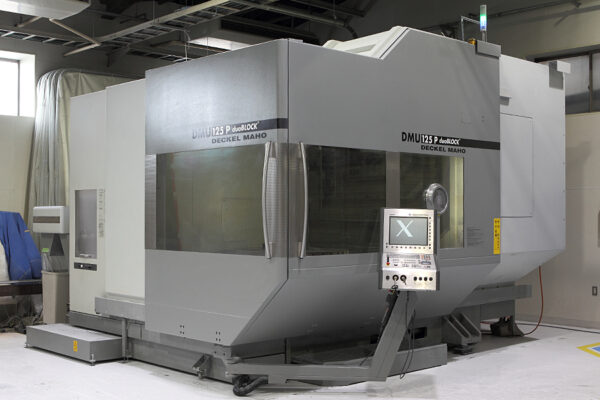
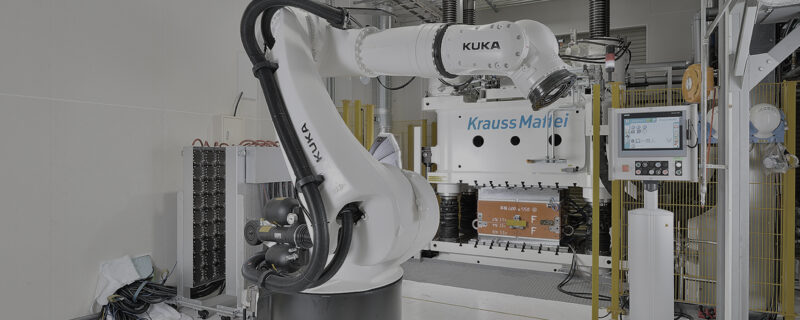
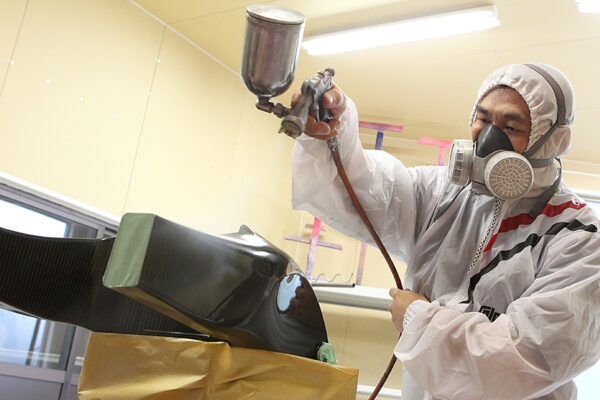
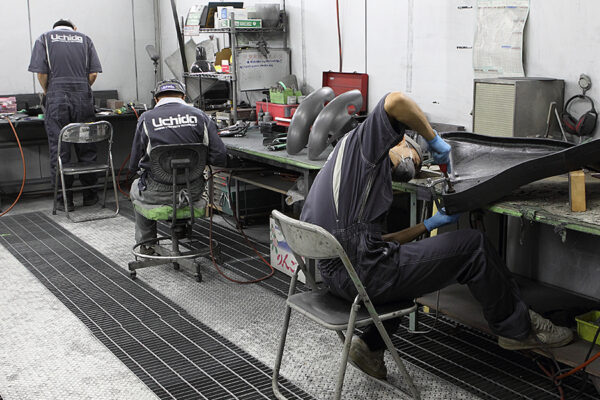
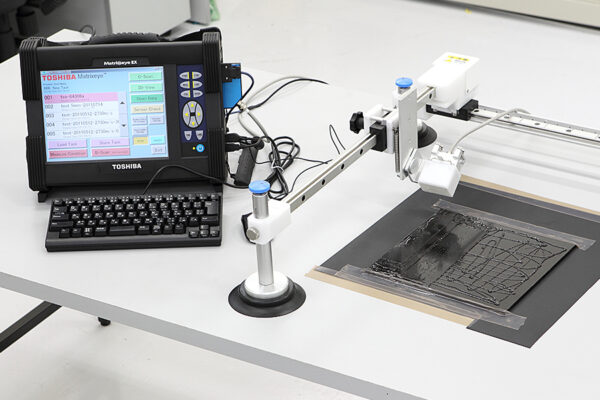
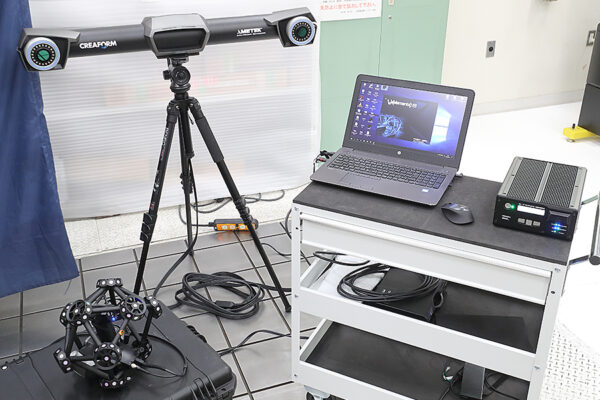
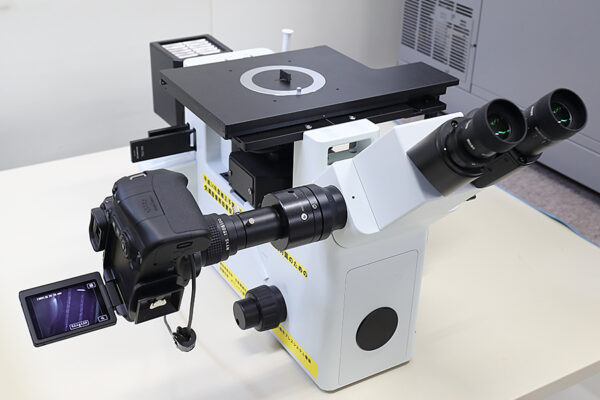
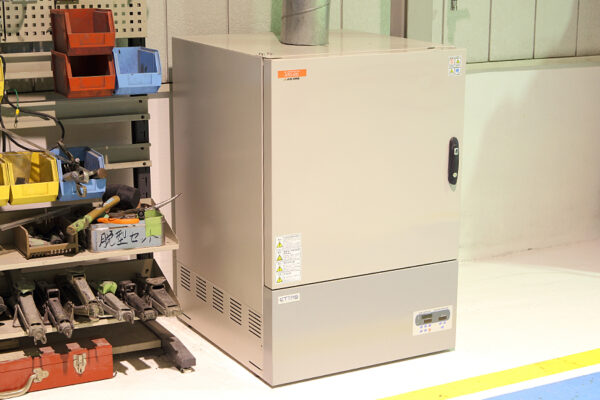
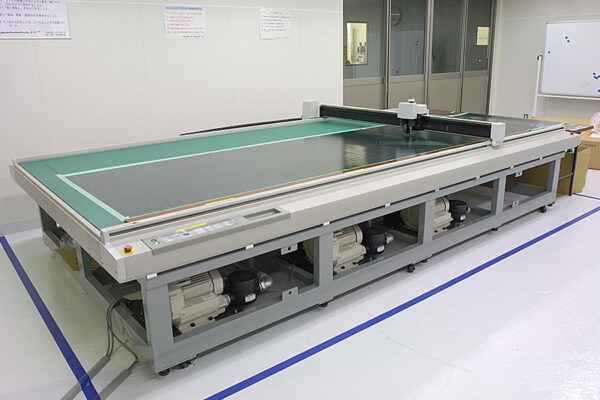
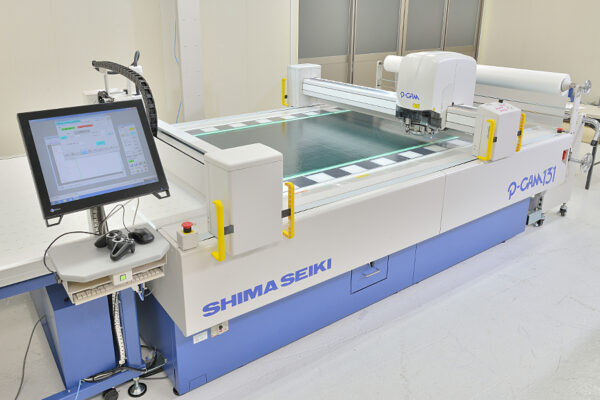
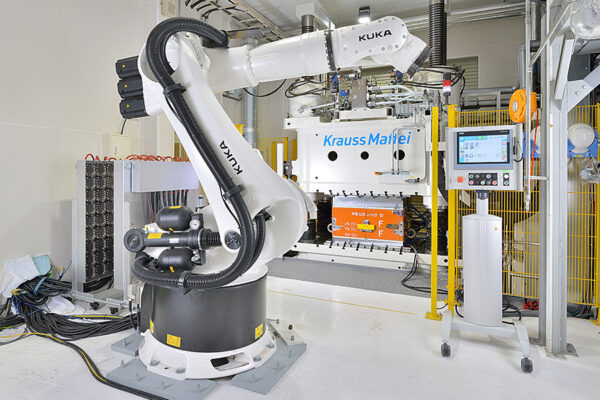
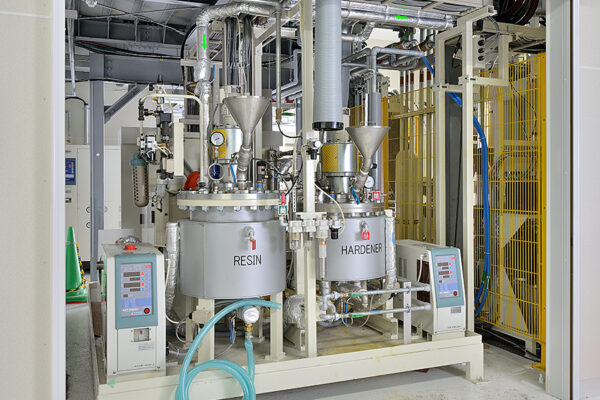
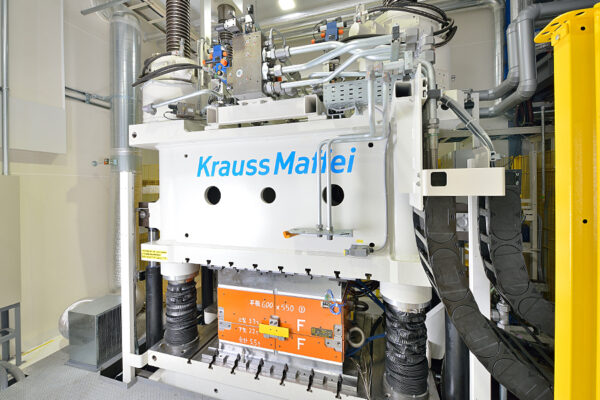
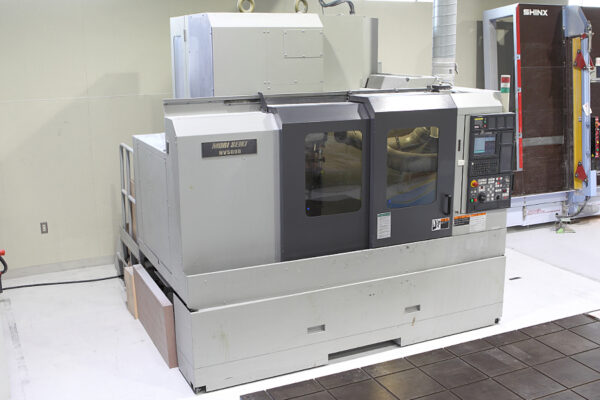
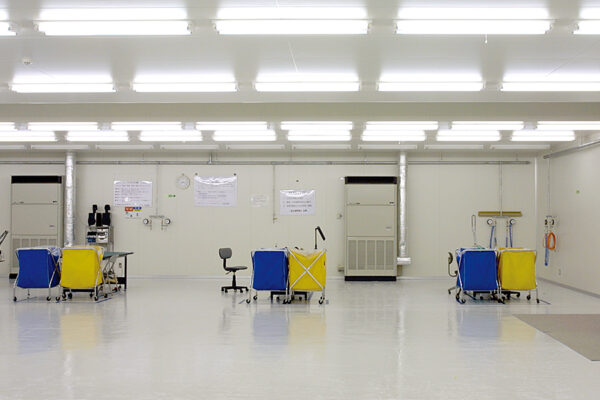
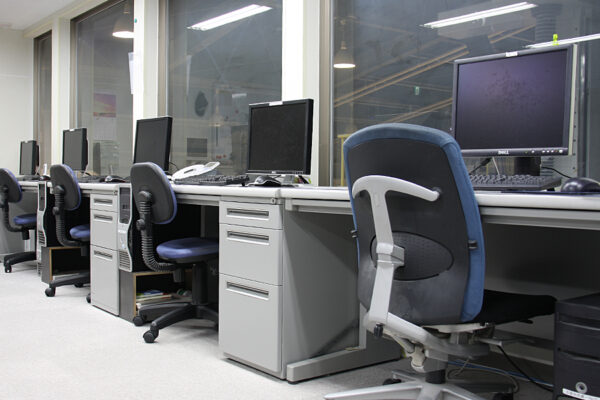
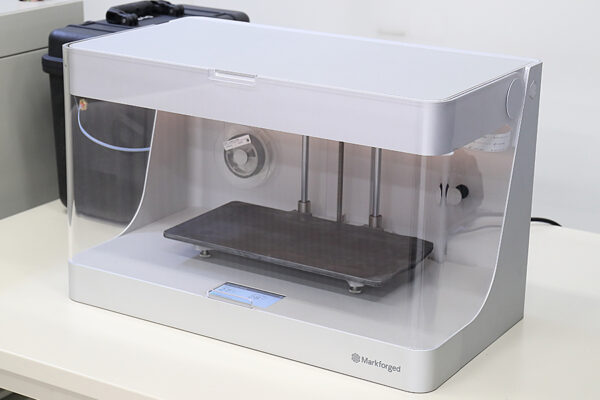
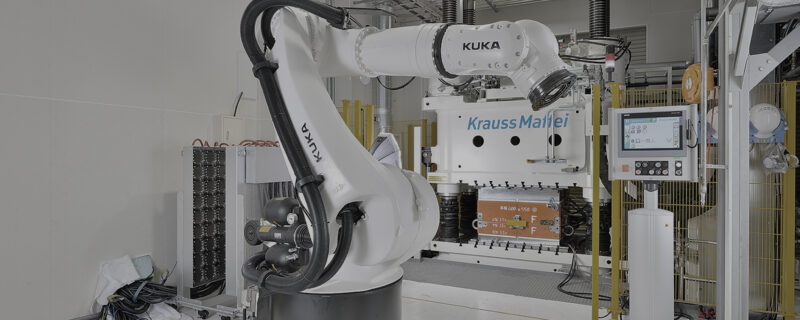
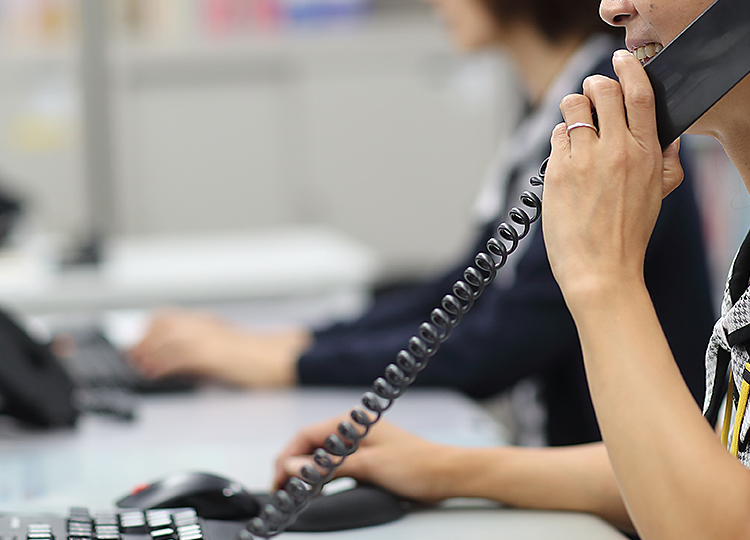
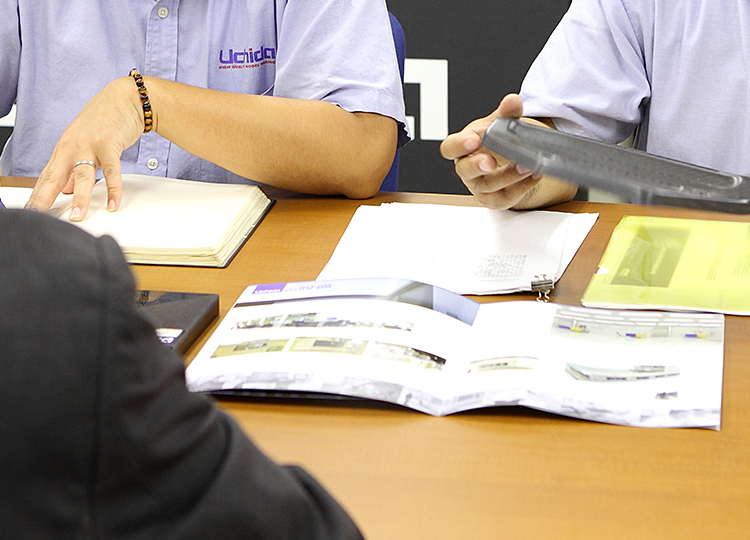
ピンバック: 【コラム】CFRP航空機・宇宙分野へのCFRP適用 | 株式会社UCHIDA
ピンバック: 【コラム】炭素繊維強化プラスチック成形『CFRP』 | 株式会社UCHIDA
ピンバック: 【コラム】ドライカーボン『CFRP』とは? | 株式会社UCHIDA
ピンバック: 【コラム】FRP・GFRP・CFRPの違いについて | 株式会社UCHIDA
ピンバック: 【コラム】オーブン成形とは? CFRP | 株式会社UCHIDA
ピンバック: 【コラム】炭素繊維とカーボンの違いについて | 株式会社UCHIDA
ピンバック: 【コラム】複合材料 メリット デメリット | 株式会社UCHIDA
ピンバック: 【コラム】軽量化手法『FRP・GFRP・CFRP』 | 株式会社UCHIDA
ピンバック: 【コラム】軽量化のメリット『FRP・GFRP・CFRP』 | 株式会社UCHIDA
ピンバック: 【コラム】下書き | 株式会社UCHIDA
ピンバック: 【コラム】PCM製法とは? CFRP | 株式会社UCHIDA
ピンバック: 【コラム】FRP・GFRP・CFRP 切削加工・機械加工 | 株式会社UCHIDA
ピンバック: 【コラム】2023年版 FRP・CFRPとは? | 株式会社UCHIDA
ピンバック: 【コラム】RTM・HP-RTM製法『CFRP』とは? | 株式会社UCHIDA
ピンバック: カーボン オートクレーブ温度【コラム】 | 株式会社UCHIDA
ピンバック: FRP・GFRP・CFRPの違いについて【コラム】 | 株式会社UCHIDA
ピンバック: RTM・HP-RTM製法『CFRP』とは?【コラム】 | 株式会社UCHIDA